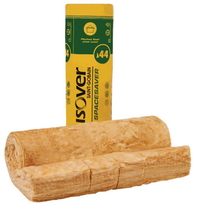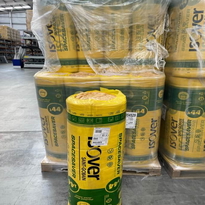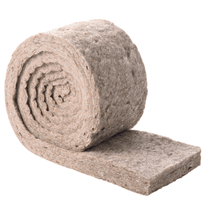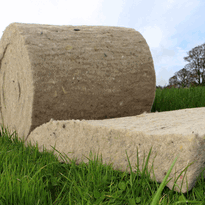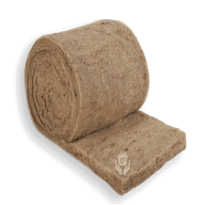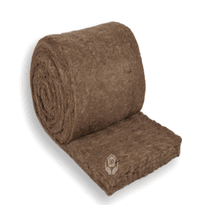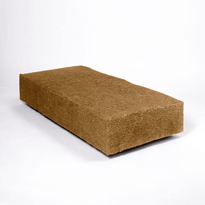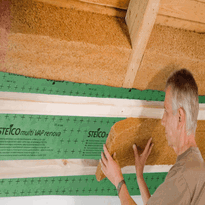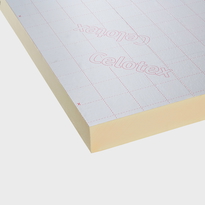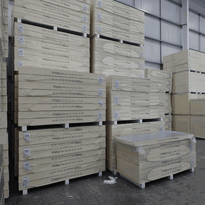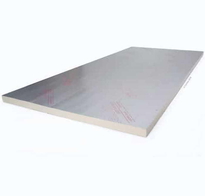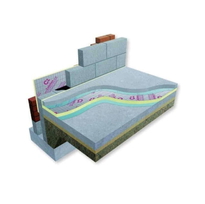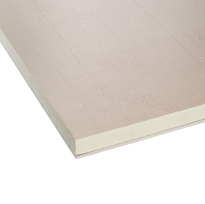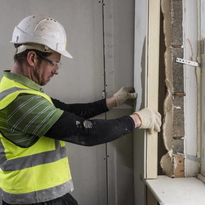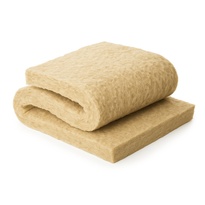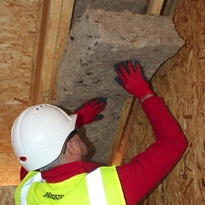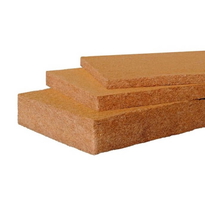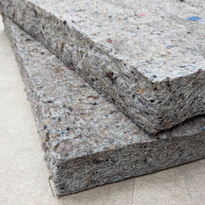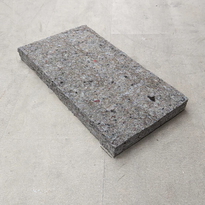Tin Roof Insulation
Insulating a tin roof requires selecting materials that address its high thermal conductivity and susceptibility to corrosion. Rigid foam boards, such as polyiso or extruded polystyrene (XPS), provide durable and moisture-resistant insulation, making them suitable choices for this application. Fiberglass batts offer a cost-effective solution but need to be installed with vapour barriers to prevent moisture ingress.
Proper sealing of seams and edges with specialized tapes enhances airtightness, reducing heat loss. Ensuring good ventilation beneath the roof is essential to prevent condensation buildup, which can cause long-term damage. Regular inspections and maintenance help to prolong the effectiveness of the insulation and prevent issues associated with corrosion or damp.
Further sections will detail specific installation methods and material choices tailored for UK dwellings, ensuring optimal long-term performance and durability in various weather conditions.
Comparing Tin and Other Metal Roof Insulation Needs
When comparing tin roofs to other types of metal roofing, it's clear that their unique material compositions, durability, and specific insulation needs greatly influence the overall thermal management strategies.
Tin roofs, which are constructed from tin-plated iron or steel, tend to be lighter and less resistant to corrosion compared to more modern metal options. This difference impacts the choice and application of insulation materials, particularly in terms of longevity and maintenance. For example, tin roofs may require more frequent inspections and potential repairs due to their lower corrosion resistance. Proper insulation can help mitigate some of these vulnerabilities by providing additional protection and extending the lifespan of the roof.
The typical lifespan of a tin roof is approximately 20 to 30 years, meaning that insulation solutions must be selected with potential wear and deterioration in mind. Both tin and other metal roofs are highly conductive, allowing heat to pass through efficiently. As a result, effective insulation systems are essential to minimize temperature fluctuations within the building, control heat transfer, and enhance energy efficiency.
While traditional tin roofs may require more frequent maintenance, modern metal roofing systems—such as aluminium or coated steel—offering improved durability and lower upkeep also demand suitable insulation strategies to maximize their performance.
These material differences influence not only the choice of insulation materials but also the long-term performance, energy efficiency, and structural integrity of the roofing system. Incorporating advanced insulation solutions, like those utilizing airtight sealing tapes, can significantly improve energy retention and reduce environmental impacts.
Best Insulation Materials for a Tin Roof
Selecting the appropriate insulation materials for a tin roof requires careful consideration of their thermal properties, ease of installation, and ability to withstand environmental conditions. Rigid foam board options, such as polyisocyanurate (polyiso) and extruded polystyrene (XPS), are highly popular due to their durability and moisture resistance. They provide excellent thermal resistance per millimeter of thickness, helping to keep heat in during winter and out during summer. When installing rigid foam boards, it is important to ensure proper sealing around edges and joints to optimize their insulating performance. These materials are often preferred for their low moisture absorption and long-term stability. Fiberglass batts offer a cost-effective and straightforward solution for insulating a tin roof. They are widely available and easy to fit between rafters or joists. However, fiberglass batts generally provide lower thermal resistance compared to rigid foam options and do not create an airtight seal. This can increase the risk of moisture accumulation if not combined with appropriate vapor barriers. Loose-fill insulations, such as fiber or mineral wool, are adaptable and particularly suitable for retrofit projects or irregular spaces within roofing structures. They conform well to uneven surfaces but typically require additional vapor barriers to mitigate moisture-related issues. Understanding insulation properties such as R-value helps in choosing the right material for specific climate conditions. Below is a summary of these common insulation options:
Material |
Key Features |
| Rigid Foam Board | Durable, high thermal resistance per millimetre, moisture-resistant, easy to handle and cut |
| Fibreglass Batts | Cost-effective, simple to install, lower thermal resistance, may need additional vapor barriers |
| Loose-Fill | Flexible for irregular spaces, retrofit-ready, usually requires vapour barriers |
Choosing the right insulation material for your tin roof will depend on your specific needs, climate conditions, and budget. Proper installation and sealing are essential in maximizing insulation performance and protecting your roof structure against moisture and environmental damage.
Installing and Maintaining Effective Insulation on Your Tin Roof
Installing and maintaining effective insulation on your tin roof is essential for optimal thermal performance, durability, and protection against environmental elements. Proper preparation and ongoing care can significantly extend the lifespan of your roof and improve energy efficiency. Insulation creates an energy-efficient home by maintaining desired indoor temperatures. Preparation begins with thoroughly cleaning the underside of the roof to remove dust, dirt, and debris. It's also important to inspect for any damage, such as leaks, mold, or structural issues, and to ensure that the decking remains dry. A dry, clean surface is crucial for effective insulation adhesion and performance. When installing insulation, fiberglass batts should be installed loosely between purlins and the sheathing to avoid compression, which can compromise their insulating properties. Rigid foam boards, on the other hand, must fit tightly against the surface with all seams sealed using appropriate tape or insulation sealant to prevent air leaks and maximize thermal efficiency. The application of foam insulation typically requires professional expertise. During installation, specialists should use protective gear to ensure safety and allow sufficient curing time before exposing the roof to weather conditions. Routine inspections are vital for maintaining insulation effectiveness. Look for signs of damage, moisture intrusion, or displacement. Prompt repairs should be undertaken to address any identified issues. Additionally, maintaining adequate ventilation beneath the roof helps prevent condensation and mold growth, further preserving the insulation’s performance. Employing proper installation techniques and following manufacturer guidelines can enhance the insulation’s longevity and efficiency over time.
Conclusion
Proper insulation is essential for optimizing energy efficiency and the longevity of a tin roof. Selecting appropriate materials, such as liquid foam or rigid board insulation, ensures effective thermal performance while maintaining structural integrity.
Correct installation techniques, including adequate sealing and ventilation, prevent moisture buildup and thermal loss. Regular maintenance, inspections, and prompt repairs are vital to extending the insulation’s effectiveness.
Implementing these best practices results in a durable, energy-efficient roof system that minimizes operational costs and enhances overall building performance.
